SUMMARY
This is AI generated summarization, which may have errors. For context, always refer to the full article.

China is a huge country, making it difficult to visit different places in a short amount of time. What most people do is go to a certain region and travel to nearby places.
Most travelers end up in Shanghai, Nanjing, and Beijing when they visit the country.
However, for the adventurous, Yunnan is a worthwhile destination because of its historical sites, parks, and culture.
Here’s a look at what you can do in Yunnan, how to get to these places, and how much it will cost you.
The City of Eternal Spring, Kunming
Kunming is the largest city in Yunnan, and is also the cultural, economic, and political hub of the region. The weather is similar to Baguio (for Philippine comparison), making it a noteworthy destination for those who want to be close to nature and enjoy the cool weather. Kunming has remnants of its past with temples, old buildings, and markets in different parts of the city. It is also near Dian Lake, which is the biggest freshwater lake in Yunnan and the 6th largest in the country.
How to get to Kunming
There are no direct flights from Manila to Kunming, but you can pass through Kuala Lumpur and get on a plane bound for the city from there. Kunming is a major city, so you can fly in from other parts of China such as Beijing or Guangzhou, which Filipinos can get a direct flight to.
Shangri-La
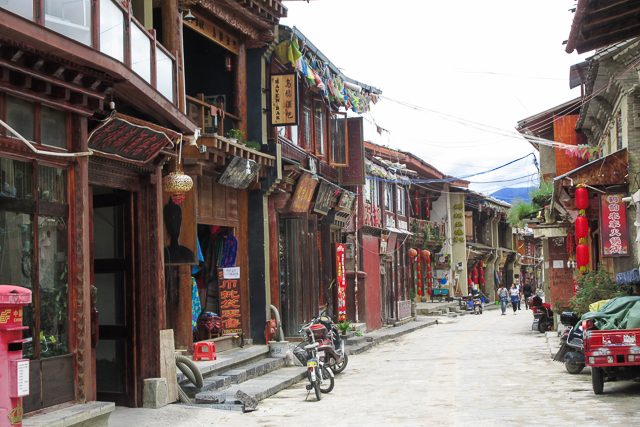
Shangri-La is a city in the mountains. It lies 3,160 meters above sea level, making it one of the highest and coldest places (year-round) in China. It got its name from a novel written by James Hilton – officials adopted the name “Shangri-La” to boost tourism.
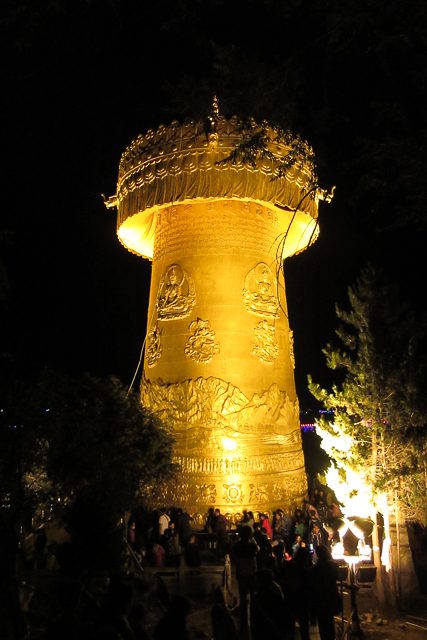
This was the closest I got to Tibet during my trip to Yunnan. Songzanlin Monastery is the largest Tibetan Buddhist monastery in the region and is also one of the most well-known in Yunnan. The main hall has frescos on its left and right sides, which depict Buddhist tales. This huge complex has a distinctly Tibetan design, compared to the other cities in the region that I’ve been to. To enter, visitors have to pay the RMB115 entrance fee.
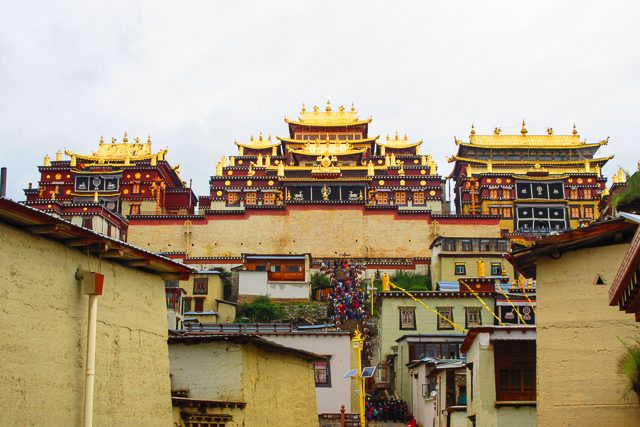
Part of the city’s Old Town was ravaged by a fire a few years ago, but reconstruction is underway to restore its charm. Walk around to experience what life was like centuries ago for those who lived here. There are many shops selling antiques, souvenirs, and hiking gear. There are also restaurants that serve good local food. One of the highlights of visiting the town is the congregation of locals and visitors at the town square, who dance to Tibetan music at around 7 pm.
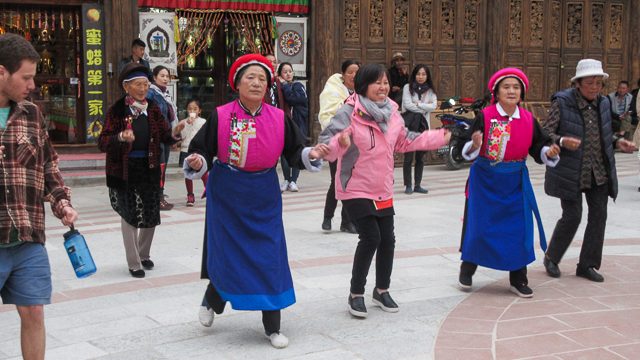
How to get to Shangri-La
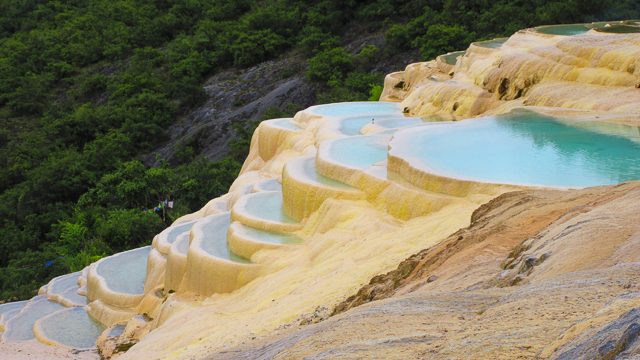
Shangri-La is high up in the mountains and one of the ways to get there is by motorized vehicle, whether private or on a bus from Kunming, Dali, or Lijiang. The drive to the city is scenic, with lush mountains and verdant farmlands. Alternatively, there are flights to the city from Kunming, Lhasa, and Chongqing.
Lijiang

Lijiang is a confluence of old and new. Towering buildings and shopping districts share space with the UNESCO-listed Old Town. Entering the latter is like walking into a time warp; the old houses turned into souvenir shops, restaurants, and even bars. The town, however, manages to keep its old world charm. It traces its history to as far back as approximately 1,000 years ago. The town is along the ancient Old Tea Horse Caravan Trade, which was a trade route centuries ago.
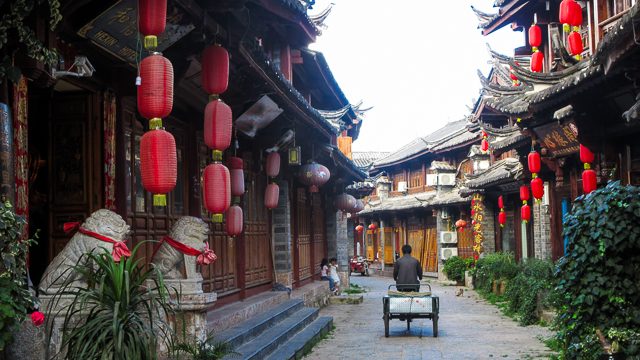
The Black Dragon Pool Park or Hēilóngtán is a popular place to enjoy a day out for locals and tourists. It is walking distance from Lijiang’s Old Town. The Old Town and the park have an entrance fee of RMB80 for both. It provides a spectacular view of Jade Snow Dragon Mountain and its reflection on the pool on a good day.
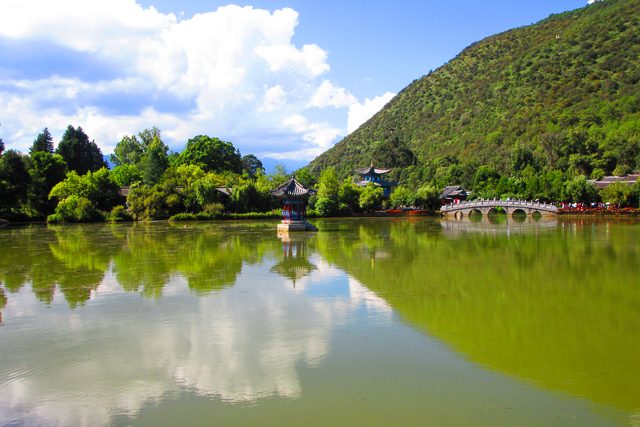
Blue Moon Valley is great for a day trip from Lijiang. The blue river passing through the towering valley of Jade Dragon Snow Mountain is its most striking attraction.
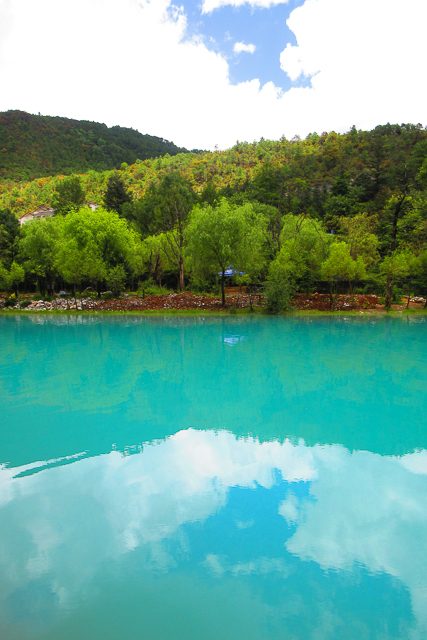
There is also the White Water Terraces, which form multi-tiered waterfalls. There are different trails that take you further up the mountain or into the surrounding forest. The area is tourist-friendly with an option to take the bus, electric car, or cable car to get to certain places in the park.
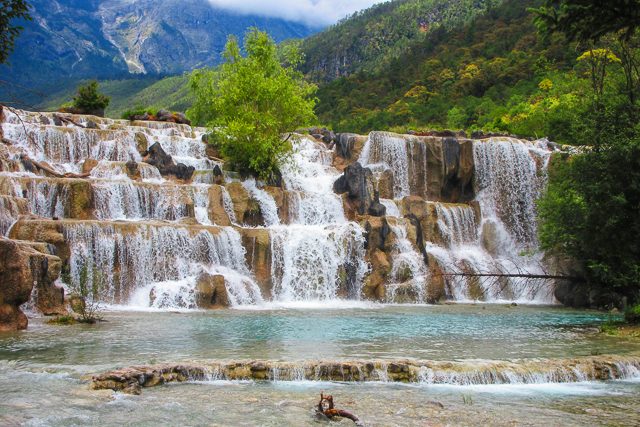
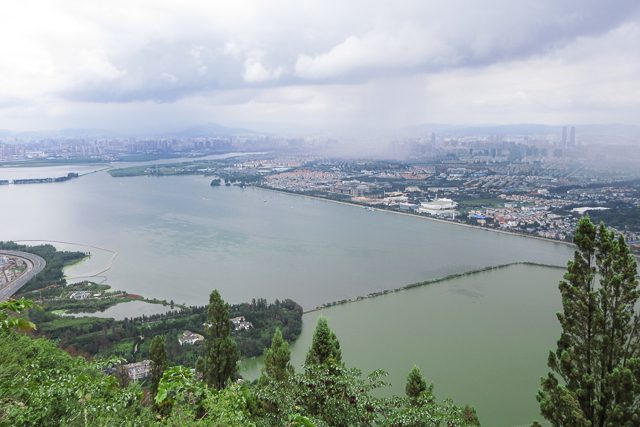
How to get to Lijiang
Lijiang has its own airport where you can fly in from different parts of China. Alternatively, there are buses and trains that travel from Kunming to the city.
Tiger Leaping Gorge
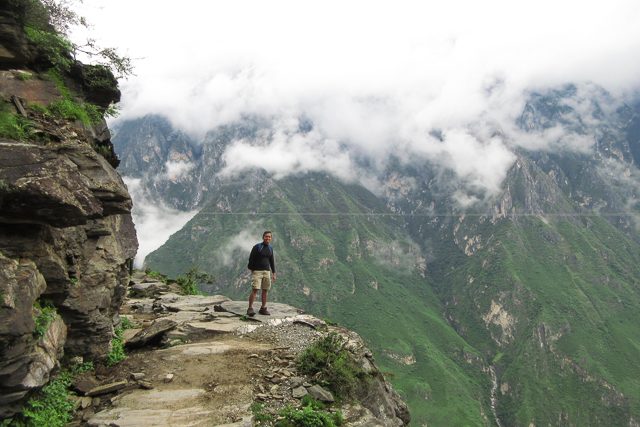
During my trip around the region, I wasn’t sure about doing this hike because of the bad weather for the first few days. However, the sun came out and I had a window of opportunity to do the trek.
Tiger Leaping Gorge, with a mountain peak to river depth of around 3,700 meters, is one of the deepest and most beautiful river canyons in the world.
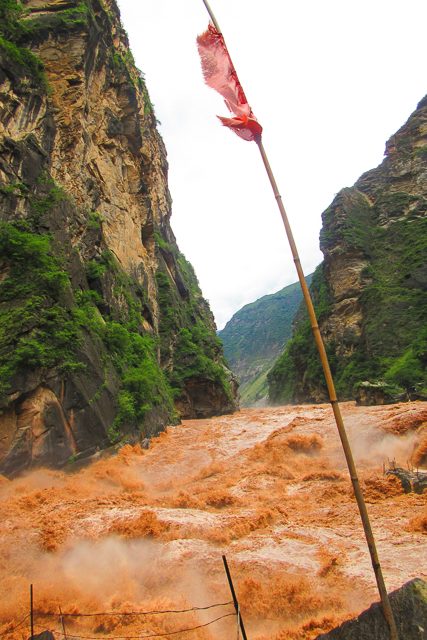
This trip is said to be beginner level, but after experiencing it myself, I’d say it’s probably closer to intermediate if you did the hike up and down and the trek down to the river in one trip. It takes an average of two days and one night to finish the trip.
Doing the upper trail is worth the trouble and effort as it takes you through the forest with flat, muddy, rocky, wide, and narrow trails throughout. You get to see pine trees as you go further up, with spectacular views of the sometimes snow-capped and cloud-veiled mountains nearby. Get an overlooking view of the gorge from more than 2,000 meters up. Stunning rock formations and rice terraces built by inhabitants are also along the way.
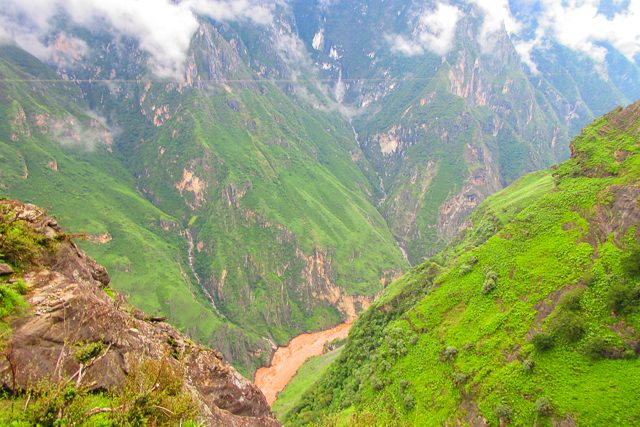
You have two options: take the upper trail to get a bird’s eye view of the river from above, or just take the lower trail to experience the raging river up close. Both provide visitors with a unique perspective of nature.
How to get to Tiger Leaping Gorge
You can come from either Shangri-La or Lijiang to get to the beginning of the trail. There are buses going in either direction, so tell the driver that you will alight at Qiaotou, or tell them that you want to do the hike. There is an open-ended ticket that costs RMB65 per person for the trail.
Dali
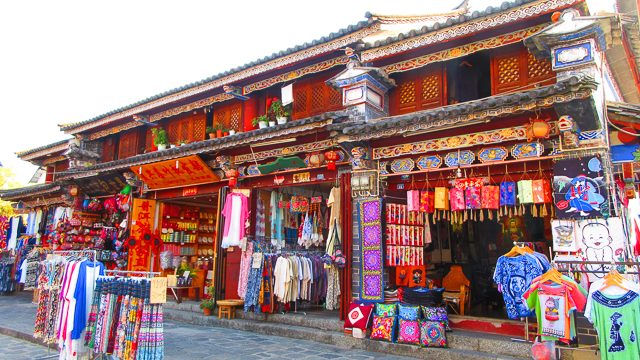
Dali is another fascinating city in Yunnan. Its old town is not as busy and as big as the UNESCO-listed one in Lijiang, but it has its own charm. It has a hippie atmosphere because of the retro clothes that locals wear and the many shops that sell apparel and souvenirs.
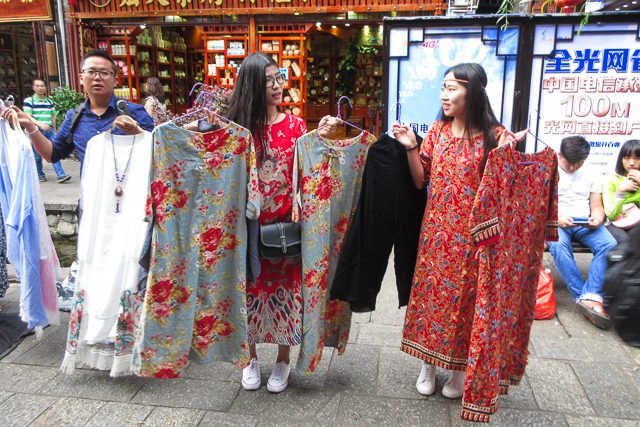
The cool weather makes it a relaxed place to enter some of the bars and restaurants and listen to Chinese folk music. It is also an artist’s haven because of the many musicians playing in bars or along its streets, and some actually sell their CDs.
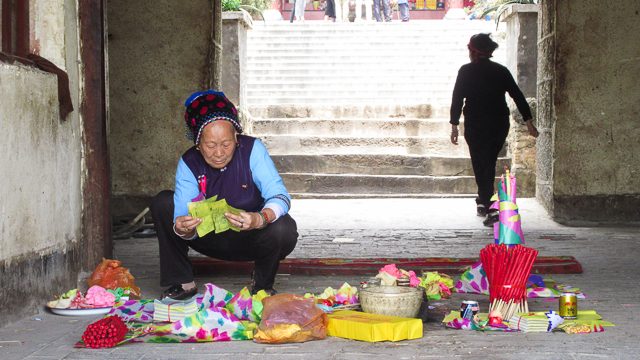
The ancient city traces its roots all the way back to 738 AD, where it was the seat of power of the Nanzhou Kingdom. The royalty controlled vital trade routes to South Asia and Southeast Asia, enabling the kingdom to amass wealth. One of the most prominent historical structures near the old city is the Three Pagodas.
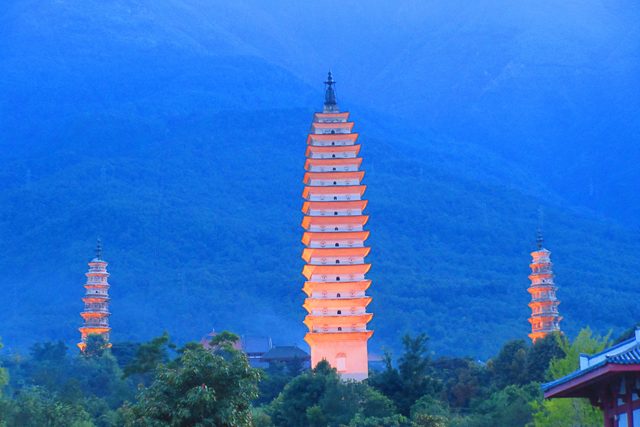

How to get to Dali
Dali is accessible by bus or train from Kunming. The former takes around 6 hours while the latter takes about 8 hours.
Stone Forest

Shilin or Stone Forest is a UNESCO-listed site that’s popular with foreign and local tourists alike. The towering rock formations are similar to stalagmites you would see in a cave. A walk through this unique forest stirs the imagination. The stones and rocks take on different forms, from people, to animals, to plants. From certain viewpoints, you can see stone formations rising from the ground as far as the eye can see.
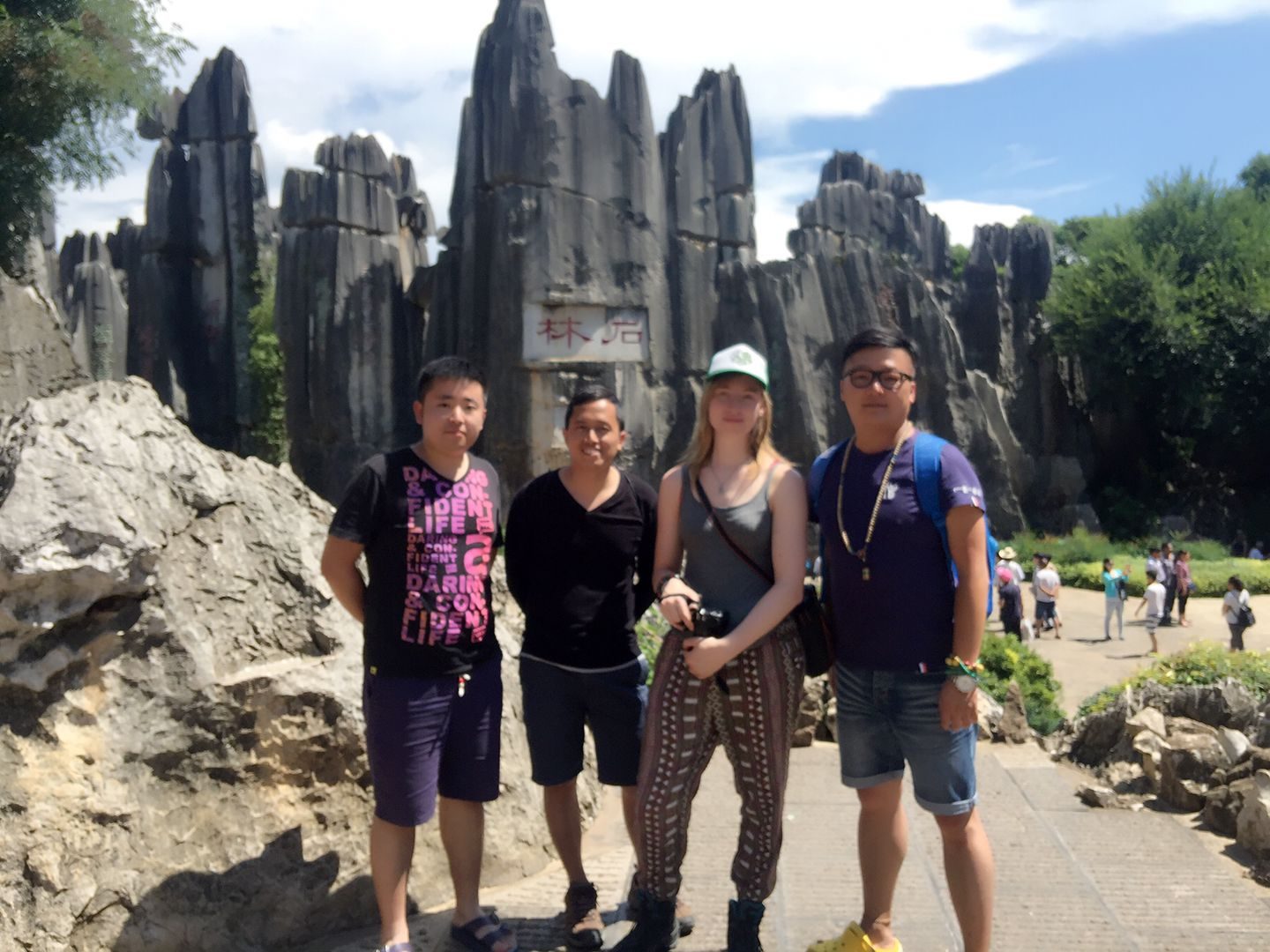
How to get to Stone Forest

Head to the East Bus Station in Kunming. Once there, board the bus bound for Stone Forest. This bus has its own counters, with tickets costing RMB 68 round-trip. There is an entrance fee of RMB175 per person and you have the option to ride the electric car for a fee of RMB25.
Budget
If you want to visit all these places in one trip, expect to spend around P1,600 per day, excluding flights.
The biggest expense you will incur is for transportation moving from one city and attraction to the next, and entrance fees. For example, the overnight bus from Kunming to Shangri-La is approximately P1,500 one-way, and the bus from Dali back to Kunming is around P400 one-way.
You also have to take shared vans or buses to get to attractions, which add to your expenses. Thankfully, the places I’ve been to in Yunnan (Kunming, Dali, Lijiang, and Shangri-La) have an efficient bus system that costs around RMB1 to RMB2 per trip (approximately P7 to P8) no matter how far your stop is.
Accommodation in hostel dorms is relatively cheap at around P250 to P300 a night. Hostels (the ones I stayed at) have no air conditioning, but I didn’t think it was necessary, since it was cold at night and these places are high up in the mountains.
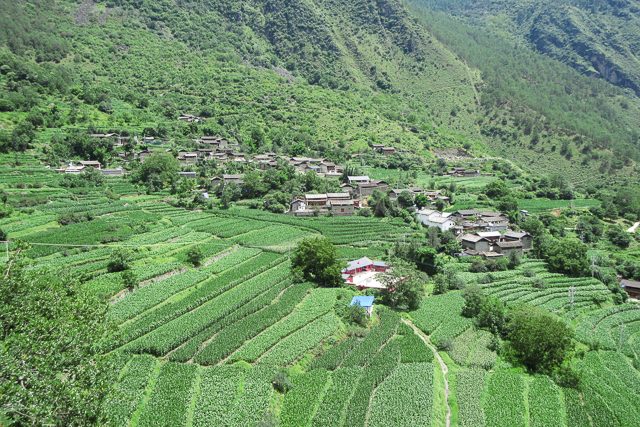
Food and drinks will cost you around P300 to P400 per day, depending on where you eat. You can lower costs if you eat at roadside restaurants and away from touristy areas. – Rappler.com
Joshua Berida is a full-time writer, part-time wanderer with insatiable wanderlust. He plans his next trip during a current one. He plans on exploring the Philippines and beyond. Read about his adventures on thewanderingjuan.net.
Add a comment
How does this make you feel?
There are no comments yet. Add your comment to start the conversation.